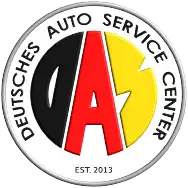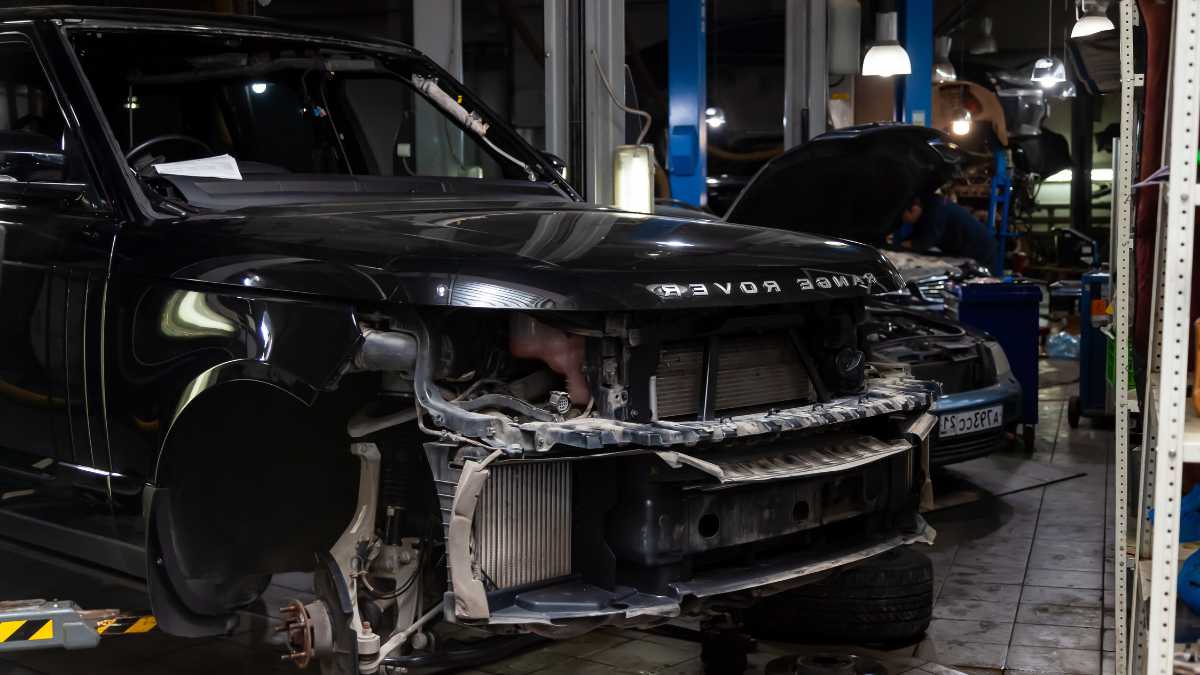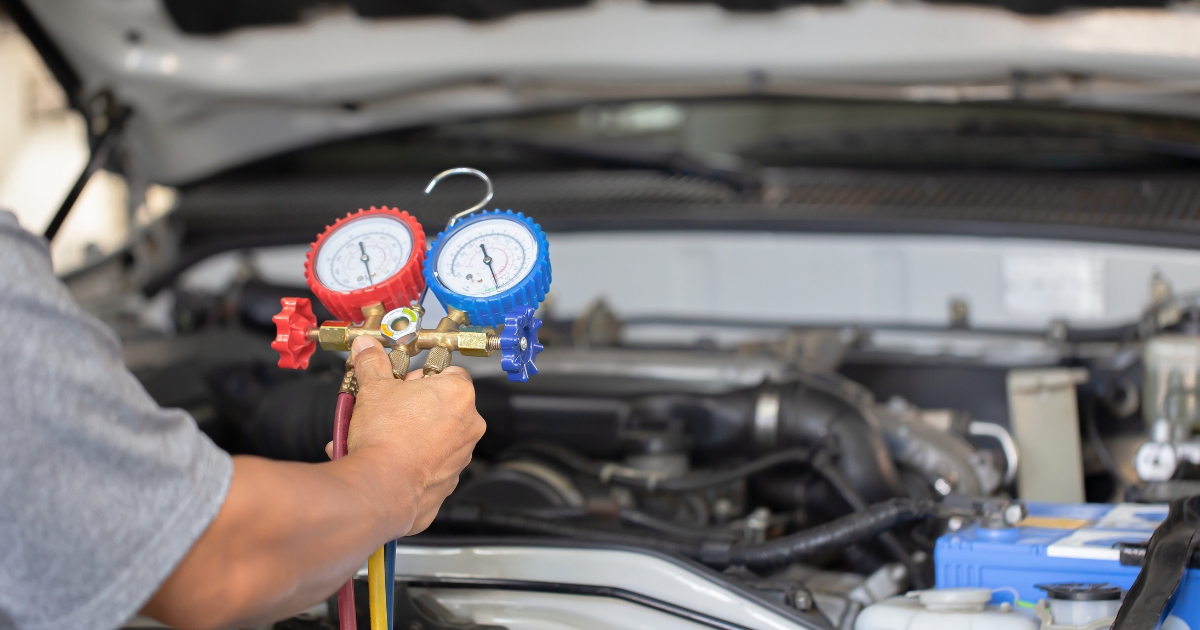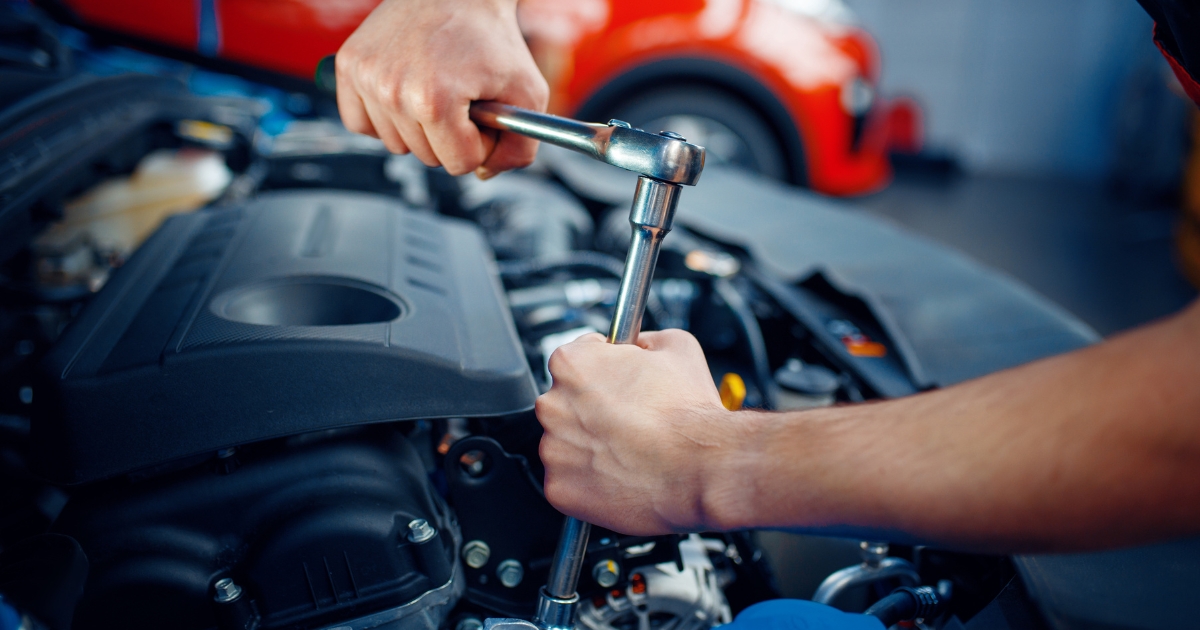The Range Rover brand stands as a symbol of luxury and off-road excellence, appealing to individuals who seek a seamless fusion of luxury and robust performance.
Central to the unparalleled ride quality and adept handling of these vehicles is the presence of advanced suspension systems. These systems incorporate cutting-edge technology to ensure a smooth and controlled driving experience across various terrains.
However, despite their meticulous engineering, even the most sophisticated suspension systems are subject to wear and tear over time.
The demanding conditions that Range Rovers often encounter, both on and off the road, can contribute to the emergence of issues within these intricate systems.
Therefore, while these vehicles are celebrated for their exceptional capabilities, proactive attention to potential suspension challenges through regular maintenance becomes imperative to preserve their high standards of performance and comfort.
In this comprehensive guide, we will delve into the common Range Rover suspension problems & solutions.
Air Suspension Issues
Range Rovers frequently feature advanced air suspension systems, offering a customizable and smooth driving experience. Nevertheless, these systems are not immune to challenges.
A common issue arises with air suspension failure, resulting in uneven ride height, sagging, or an uncomfortable driving sensation.
Addressing this concern promptly through regular maintenance and targeted repairs is crucial to ensure the sustained performance and ride quality that are integral to the Range Rover experience.
Potential Solutions
Regular Maintenance
A fundamental strategy in avoiding air suspension issues in Range Rovers involves adhering to a regimen of routine inspection and maintenance.
Leaks, if left unaddressed, have the potential to compromise the overall integrity and effectiveness of the system.
Equally important is the vigilance in ensuring the proper functionality of the compressor, a vital component responsible for maintaining the requisite air pressure in the system.
Swift action to rectify any malfunction or timely replacement of worn-out components is essential.
Conversion to Coil Springs
In certain scenarios, Range Rover owners may opt for an alternative approach to mitigate the risks associated with air suspension failures by converting to traditional coil springs.
Coil springs, with their simpler mechanical design, appeal to those seeking uncomplicated maintenance.
However, it’s crucial to acknowledge that transitioning from air to coil suspension might bring about subtle alterations in the vehicle’s ride characteristics.
Prospective converters should carefully evaluate the benefits of sidestepping air suspension issues against the prospect of a slightly different ride quality.
Seeking guidance from automotive professionals and factoring in personal preferences ensures a well-informed decision aligned with individual needs and expectations.
Electronic Air Suspension Faults
The electronic parts overseeing the air suspension system are prone to issues, often signaled by dashboard warning lights.
These faults have the potential to affect both the ride quality and handling of the vehicle. When these electronic components encounter problems, they can trigger alerts, creating a visual indicator for the driver.
The consequences extend beyond mere warnings, potentially influencing how the vehicle responds on the road.
Thus, understanding and addressing these electronic faults promptly is crucial to maintaining the intended performance and safety standards of the air suspension system in Range Rovers.
Regular diagnostic checks are vital to catch and rectify electronic issues before they escalate and impact on the overall driving experience.
Potential Solutions
Diagnostic Tools
Utilize advanced diagnostic tools to read fault codes and pinpoint the specific issues affecting the electronic air suspension system.
Understanding the fault codes is crucial for accurate diagnosis and targeted repairs.
Professional Assistance
Electronic issues may require specialized knowledge and equipment.
Seeking professional assistance, especially from Land Rover service center or experienced mechanics, is advisable for effective troubleshooting and resolution.
Shock Absorber Problems
Shock absorbers are essential for ensuring vehicle stability and a comfortable ride.
As time passes, these components may deteriorate, resulting in compromised handling, increased bouncing, and an overall diminished ride quality.
The gradual wear and tear of shock absorbers can have adverse effects on the vehicle’s ability to absorb bumps and maintain a smooth ride.
Recognizing the signs of worn-out shock absorbers, such as diminished performance and increased bouncing, is pivotal.
Prompt replacement with high-quality shock absorbers not only restores the intended ride comfort but also contributes to the overall safety and handling capabilities of the vehicle.
Regular inspection and timely replacement of these components are vital for sustaining optimal driving conditions.
Potential Solutions
Regular Inspection
Periodically inspect shock absorbers for signs of leaks, physical damage, or wear.
Early detection of issues allows for timely replacement, preventing further damage to the suspension system.
Quality Replacements
When replacing shock absorbers, opt for high-quality OEM or aftermarket components.
Consider upgrading to performance shocks for an enhanced ride and improved handling characteristics.
Bushings and Control Arm Issues
Worn bushings and control arms create play within the suspension system, leading to noise, reduced handling performance, and an overall compromised driving experience.
The deterioration of these components undermines the system’s stability, causing disruptions in the vehicle’s responsiveness and maneuverability. Identifying signs of wear, such as unusual noises and diminished handling, is crucial.
Timely replacement of worn bushings and control arms is essential to restore the suspension system’s integrity, ensuring a smoother, safer, and more enjoyable driving experience.
Regular inspections help catch these issues early on, preventing further damage to the vehicle’s overall performance.
Potential Solutions
Thorough Inspection
Regularly inspect bushings and control arms for wear and tear. Look for visible signs of damage, such as cracks or deformation.
Addressing these issues promptly can prevent further damage.
Upgrades
Consider upgrading to polyurethane bushings for improved durability and performance.
Upgraded control arms may also enhance the suspension system’s overall strength and longevity.
Alignment Problems
Wheel misalignment poses various problems such as uneven tire wear, compromised steering, and an unstable ride.
To uphold optimal vehicle performance, regular wheel alignment checks are essential. These inspections ensure that the angles of the wheels conform to the manufacturer’s specifications.
Misalignment not only affects tire longevity but also jeopardizes steering precision and ride stability. Therefore, incorporating routine wheel alignment checks into a vehicle’s maintenance routine is vital for preventing these issues and preserving overall driving efficiency.
Potential Solutions
Regular Checks
Include wheel alignment checks as part of routine maintenance.
Any misalignments should be corrected promptly to prevent further damage to the suspension system and associated components.
Post-Repair Adjustments
After significant suspension repairs or component replacements, it is essential to perform a wheel alignment.
This ensures that the vehicle’s geometry is restored to the manufacturer’s specifications.
Sway Bar Link Issues
Sway bars play a crucial role in stabilizing a vehicle during turns, but their links are susceptible to wear and tear.
When damaged, sway bar links can result in clunking noises, compromised handling, and instability.
Regular inspection and prompt replacement of worn sway bar links are essential to maintain the vehicle’s stability and overall performance.
Addressing these issues proactively ensures a smoother, quieter ride and prevents further complications that may arise from neglected sway bar components.
Potential Solutions
Visual Inspection
Regularly inspect sway bar links for visible signs of damage, such as worn-out bushings or broken links.
Early detection allows for timely replacement, preventing further issues.
Upgrades
Consider upgrading to heavy-duty or adjustable sway bar links.
These upgrades can enhance the vehicle’s performance during cornering and contribute to overall stability.
Conclusion
Range Rover suspension problems can be diverse, ranging from air suspension issues to electronic faults and component wear.
While some owners may choose to address these issues independently, seeking professional assistance, especially for electronic and complex problems, is crucial.
Additionally, proactive maintenance and timely repairs play a vital role in preserving the integrity of the suspension system and ensuring a smooth, comfortable, and safe driving experience.
Whether through regular inspections, quality replacements, or upgrades, Range Rover owners can navigate suspension challenges and enjoy the full benefits of their vehicles’ advanced suspension systems.






